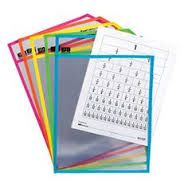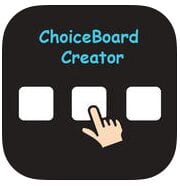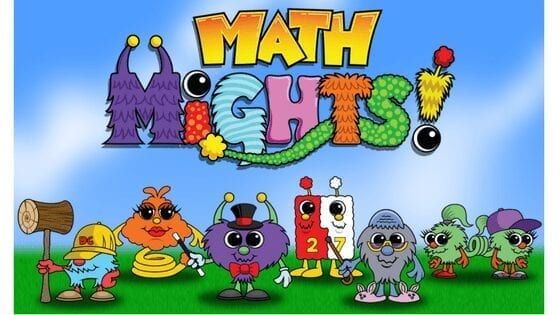Social stories are very helpful for children with special needs. Social Stories can: Improve a child’s behavior when there are changes in routines. Encourage a child to complete less-preferred tasks. Reinforce or teach abstract concepts, such as time (e.g., next,...
Differentiation Posts
SmartPAL Sleeve….Say GOODBYE to Laminating for Math Games!
I am always saying in our trainings that we as teachers have spent WAY TOO much time laminating and cutting out. Even though we may take it home and watch TV with a glass of wine....we just need to make life simpler! I take the time to laminate the game, and then a...
ChoiceBoard-Creator APP
I LOVE this app to help build independence! It is great for ASD kids, for parents at home, for centers, etc. The best part is.....it's FREE!! ChoiceBoard-Creator By Techno Chipmunk https://itunes.apple.com/us/app/choiceboard-creator/id453988580?mt=8-- ChoiceBoard...
Front Row: Technology Resource for K-8
FREE standards-aligned technology for K-8 classrooms. Personalized math and reading comprehension practice your students will love. By addressing student weaknesses and building off strengths, Front Row is designed to increase confidence and promote growth in ALL...
Browse the Blog
By Grade Level/Audience
By Subject
- Announcements
- Assessment
- Behavior Intervention
- Curriculum
- Early Intervention
- Intervention Strategies
- Math Games
- Math Manipulatives
- Math Mights
- Math Practices
- Math Workshop
- Motor Skills (Fine and Gross)
- Parent Connection
- Technology
Operations/Concepts
- Addition
- Subtraction
- Multiplication
- Division
- Place Value
- Fractions
- Decimals
- Number Talks
- Numeracy
- Word Problems
Ever wish you had a common language for problem solving?
The residents of Mathville help 1-5 grade students build a solid foundation of problem solving strategies.





